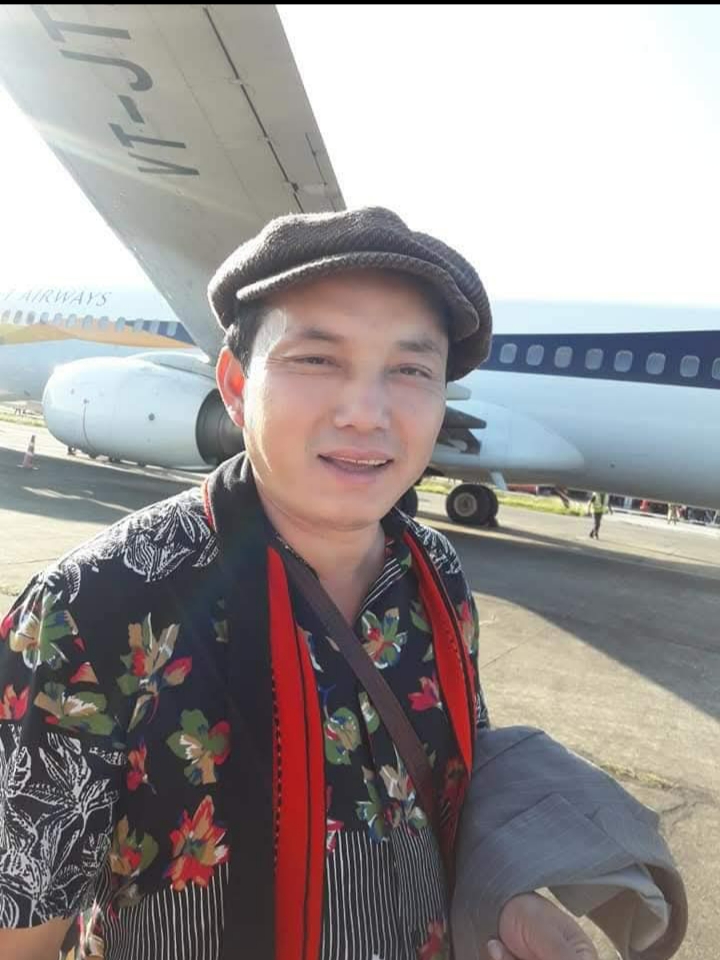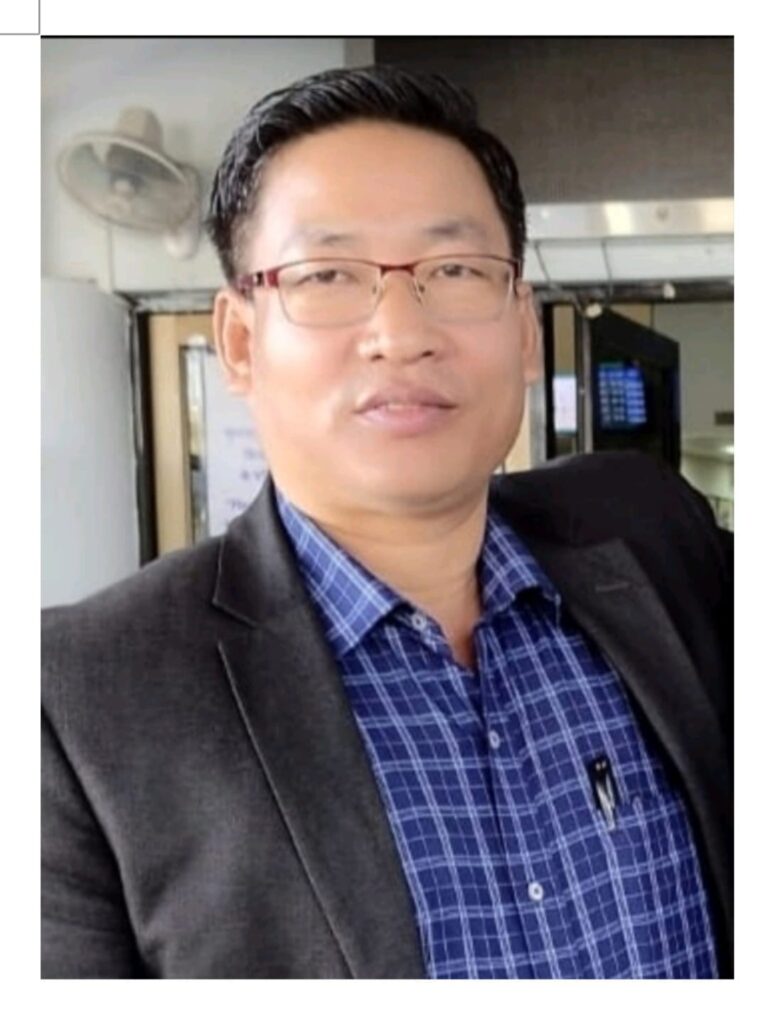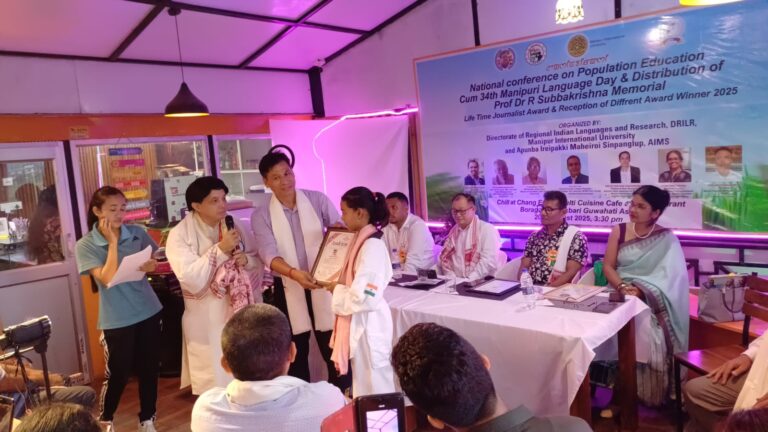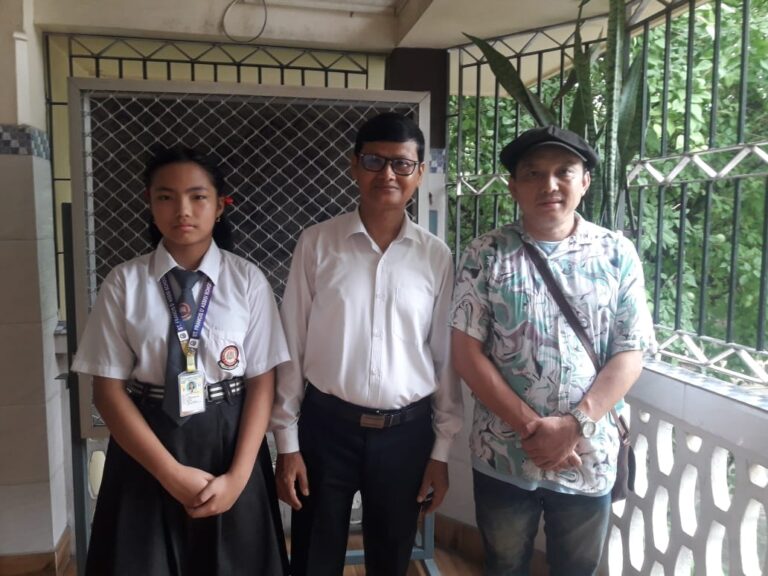
The Aimol tribe, a small community residing in Manipur, India, was declared extinct by the 2009 UNESCO online atlas report of world languages in danger. However, Prof. Dr. Thokchom Chandramani Singh, a prominent linguist, set out to dispute this conclusion and took on the mission to document and safeguard the Aimol language. As part of the Dimension of Language Endangerment program at the Centre for Tribal and Endangered Languages (CTEL), CIIL, Mysore, Dr. Singh dedicated himself to uncovering the real status of this language and began his relentless efforts to ensure its preservation.
Initial Investigation
Dr. Singh began his investigation by visiting an Aimol village in Tengnoupal District, where he connected with Athoi Bongte, the President of the Aimol Tribe Union. Through in-depth fieldwork, he was able to confirm that the Aimol language was still being spoken in parts of Manipur, refuting the UNESCO report. However, he also discovered that the variant of the language once spoken in Rifle Mara of Silcher District in Assam had indeed become extinct. The people there had adopted a mixed language comprising elements of Kabui and Hmar, highlighting the fragile state of such indigenous tongues.
Documentation and Preservation Efforts
Following his discovery, Dr. Singh consulted with Professor Rajesh Sachdeva, Director of CIIL Mysore, and G. Devi Prasada Sastry, head of CTEL and the Speech Science lab. Together, they initiated a comprehensive project to develop a skeleton pictorial glossary of the Aimol language. This endeavor was not limited to Aimol alone but extended to several other underrepresented languages like Moyon, Monsang, Khoibu, Tarao, Inpui, Chiru, Thangal, Kom, and Lamkang—each spoken by fewer than 10,000 people.
Community Engagement
To reinforce community participation and support, Dr. Singh collaborated with Athoi Bongte and local elders to host a major gathering at Aimol Khulen, the oldest Aimol village. The event was attended by officials from the Ministry of Human Resource Development and the Department of Higher Education, Government of India. It marked a historic step in the formal recognition and preservation of the Aimol language. During this gathering, G. Devi Prasada Sastry publicly announced the white paper on the Aimol language and named Dr. Singh as the first official language scientist for the Dimension of Language Endangerment Program.
Media Attention and Recognition
The groundbreaking documentation and publication of the white paper brought widespread attention to Dr. Singh’s work. National and local media covered the story extensively, with The Telegraph featuring it on the front page. The recognition reached international levels when the Director of UNESCO acknowledged Dr. Singh’s efforts. As the nodal agency for language matters in India, CIIL Mysore officially endorsed the documentation and emphasized the critical role such projects play in cultural preservation.
Impact and Legacy
The work of Dr. Singh has significantly altered the narrative around the Aimol language and left a lasting mark on the field of linguistics. His research challenged the previous declaration of extinction, showing that languages thought to be lost can still survive in pockets. By documenting and preserving Aimol, he helped protect the cultural and linguistic heritage of its people. Moreover, his work has encouraged continued research into lesser-known languages, emphasizing the global importance of preserving linguistic diversity.
Conclusion
Prof. Dr. Thokchom Chandramani Singh’s dedication to the Aimol language stands as a powerful example of the impact that committed linguistic research can have. His efforts not only corrected a significant oversight in language classification but also reignited pride within the Aimol community. Through his pioneering documentation, Dr. Singh preserved an important piece of human heritage and inspired others to take up the cause of endangered languages around the world. His legacy will continue to influence both scholarly work and grassroots efforts in language preservation.



